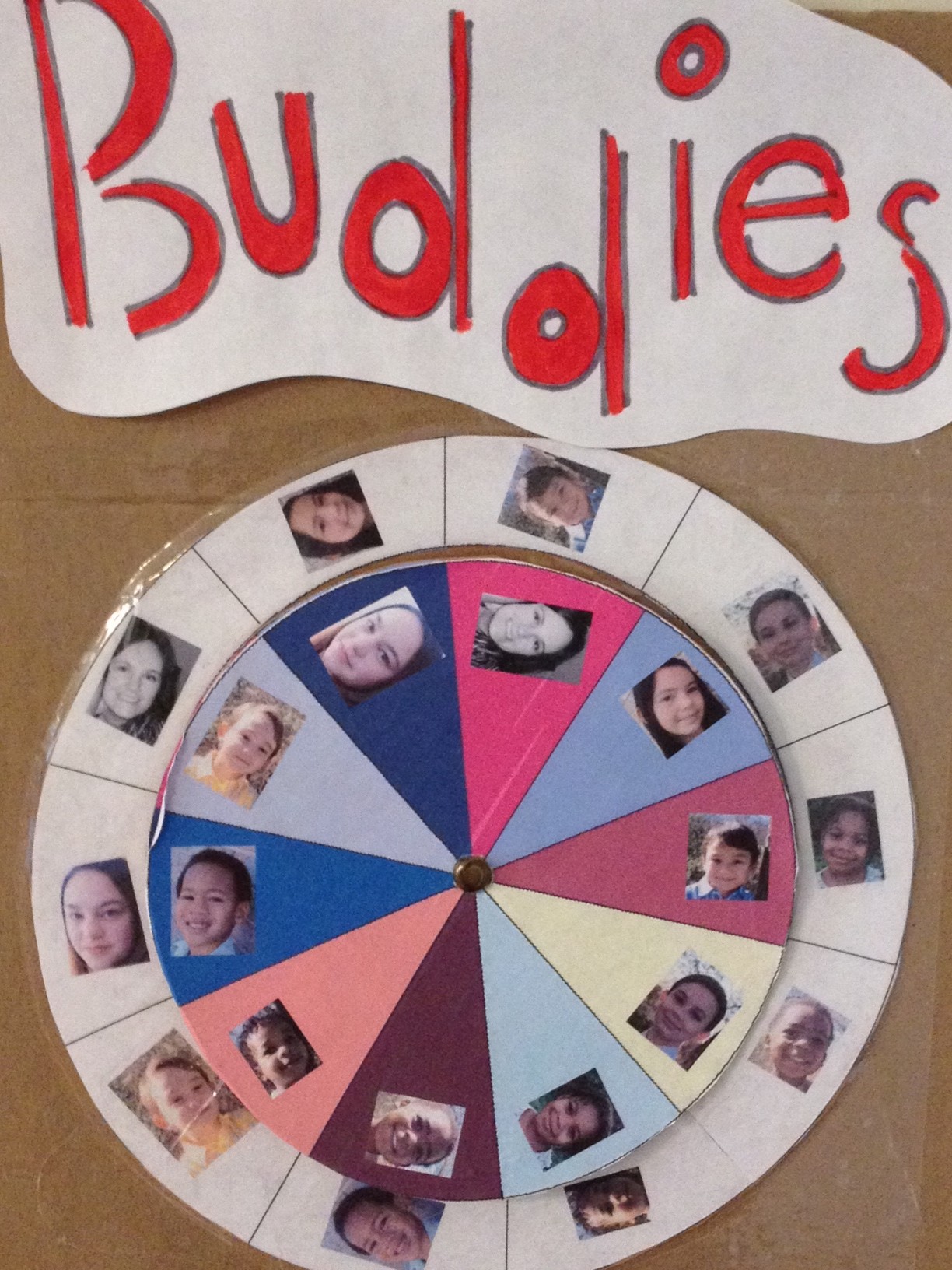As most of you know, I have a pretty big family. I’m grateful for my family and I love all the kids – but sometimes, okay more often than not – things are a bit crazy. So, we need all the help we can get in running this massive operation I call my family.
That brings us to the Buddy Wheel.
What is The Buddy Wheel
It’s simple really. The Buddy Wheel is an easy way, that takes advantage of Visual Management Principles, to manage resources and responsibilities: People and Time. Another aspect in managing people and time is the aspect of who and when – because here we’re talking about essentially a round robin of people.
For our family, The Buddy Wheel is a way to do the following:
- Each child looks out for another child
- Each child is being looked out for
In our case, “looks out for” means several things. If your buddy is a smaller child, then that might mean that the buddy reminds the younger sibling to brush teeth and change their underwear. If a older sibling is buddies with another older sibling, then the buddy might choose to do secret service, such as making the person’s bed or doing something nice for him or her.
True, they’re one and the same, but creating and formalizing this combinatorial symmetric relationship was the challenge (I made up the word, I’m pretty sure).

How To Create a Buddy Wheel
Step 1
Go to Excel, and create a pie chart. For my family, I created a pie chart with 10 slices because there are 10 people on the wheel.
Note: we have 9 kids. But, I added my wife’s face so that she has a buddy. Why? Well, she broke her foot two weeks ago and her buddy will help her while she’s hobbling around the house.
Step 2
Then, create the outer wheel by cutting out a cardboard larger than the pic chart and continue the pic cuts across the larger wheel.
Step 3
Print 2 faces of each of your family members and glue one face on the inner wheel and the same face on the larger wheel. Make sure the faces line up.

For example, in my Buddy Wheel, the face on the outside wheel takes care of the face on the inside wheel. So, in this case, my daughter Savanah watches out for Kameron and Kameron watches out for Preston.
Step 4
Make a hole in the middle and insert a brad so the wheel can actually turn. Then you’re done.
Visual Management: The Buddy Wheel is a post from: Lean Six Sigma Consulting
